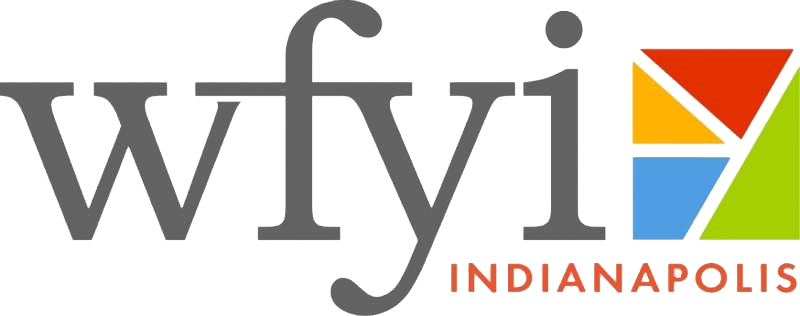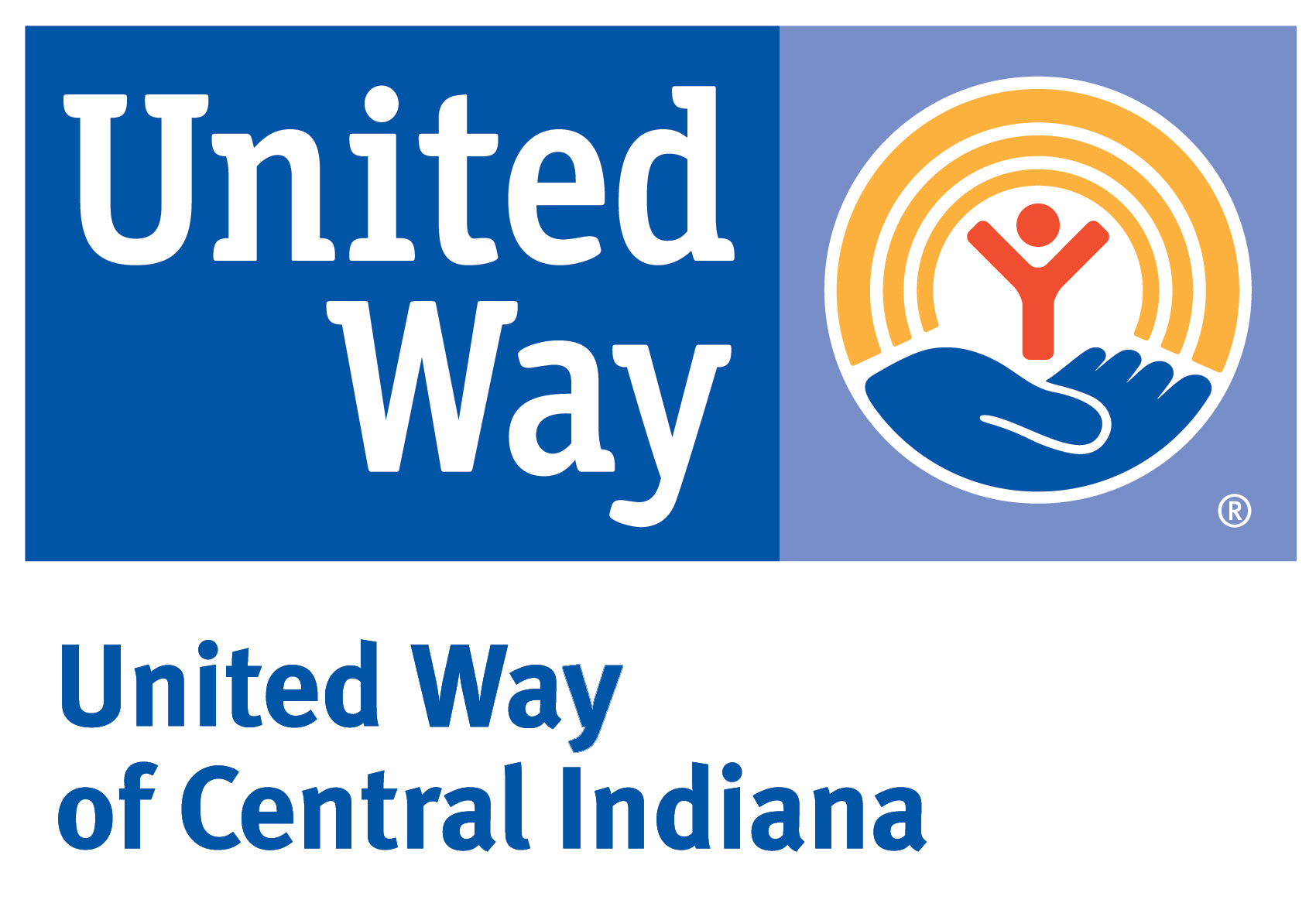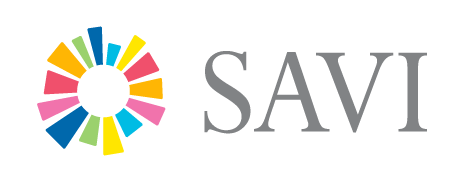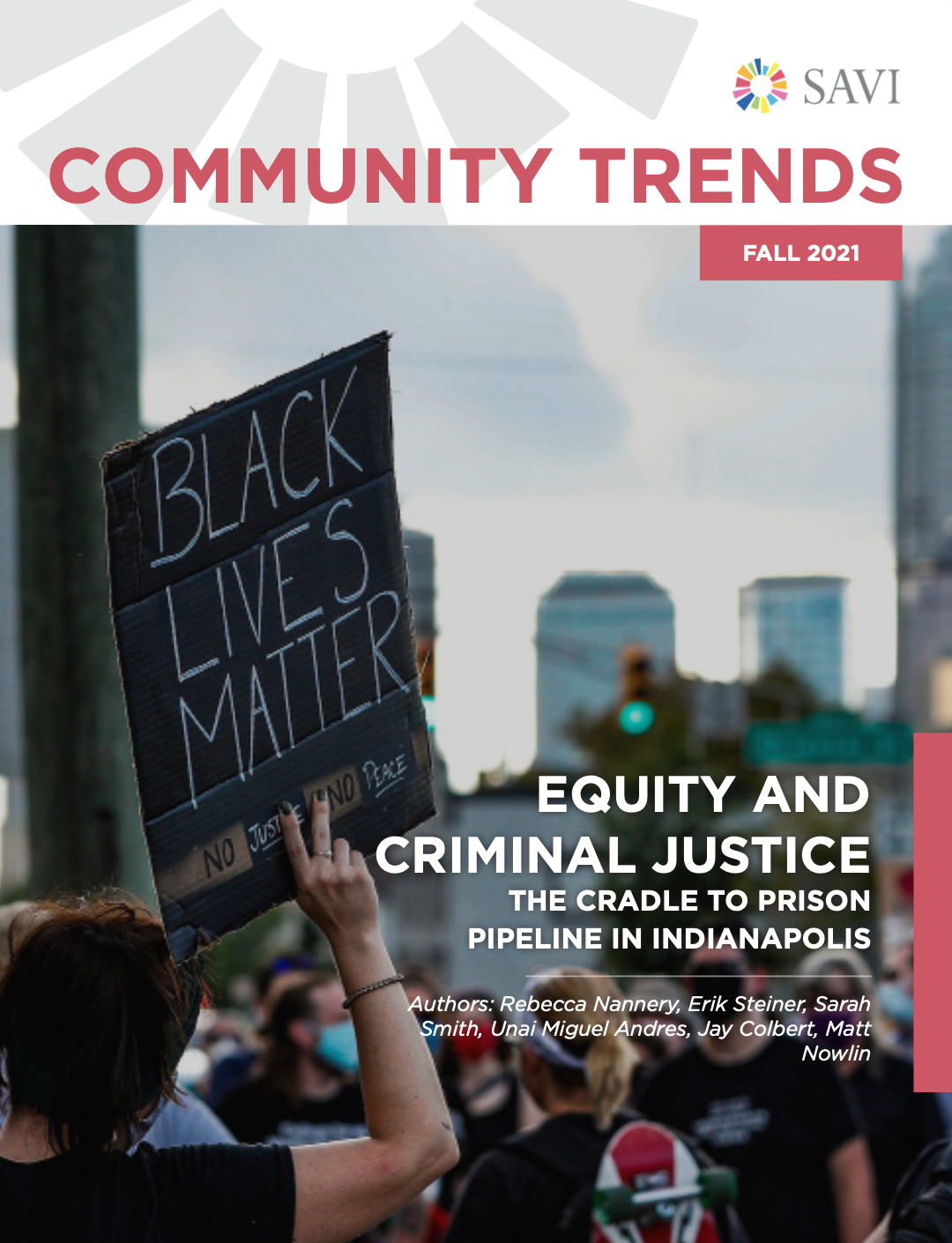Equity and Criminal Justice
SAVI Talks - November 18, 2021An individual’s interaction with the criminal justice system is not necessarily a random event: Research shows that beginning from birth, various factors including disability, race, gender, and economic status result in disproportionate impact on subpopulations in a way that makes them more likely to engage with the criminal justice system. These factors, and policies that alleviate or compound existing inequities will be examined using the Cradle to Prison Pipeline framework.
This report examines a concept called the “cradle to prison pipeline.” It is a review of some of the basic statistics at each stage of this pipeline: childhood, school, juvenile justice, early adulthood, and imprisonment. For each stage, we present basic trends and disparities across race, place, gender, and other demographic variables.
Research has shown that highlighting racial disparities can actually increase support for policies that perpetuate inequality, such as “stop and frisk.” With caution, this report maintains a focus on disparities, particularly between Black and white residents, because those are indicative of problems within systems and not the inherent criminality of individuals or populations.
Black and white jail population per 100,000 people age 15-64 (five-year average)
Indiana
Marion County
Community Trends Report
SAVI Talks Presentation
Introduction & Report Presentation:
Panel Discussion & Closing Remarks:
Articles and Story Maps
Explore other research and interactive content we have developed around equity.
Estimated 200,000 Indy Residents Live in Food Deserts
Using recent, local data to improve on food access measures, we find that an estimated 200,000 Indianapolis residents have low food access and live in low income areas.
Where Schools Are Changing
Families often choose where to live based on neighborhood characteristics, especially the quality and reputation of nearby schools. But we live in a highly mobile society, in a rapidly changing region, and many of Central Indiana’s neighborhoods have seen significant...
Indy’s Most Mixed-Income Neighborhoods
We measured income diversity in every neighborhood in the region, and the most mixed-income neighborhoods include the Old Northside, the tract containing Rocky Ripple and Crows Nest, and the area near Pike High School.
What Can the Opportunity Atlas Tell Us About Indianapolis?
The newly released Opportunity Atlas shows that children born in different neighborhoods can have vastly different outcomes. Children born in Indianapolis urban core have lower household incomes than those born in northern suburbs.
In Neighborhoods North of Speedway, Diversity Among Highest in Indy
Though they developed as all-white suburbs between 1940 and 1970, the neighborhoods near the Indianapolis Motor Speedway are some of the densest and most diverse in Indianapolis.
The Growing Divide Between Rich and Poor Neighborhoods
In 1970, there was a $22.6k gap between average family income in high- and low-income (80th and 20th percentile) neighborhoods. By 2016, the gap had doubled to $53.5k. Incomes grew for wealthy and middle-income neighborhoods, but fell for low-income neighborhoods.
After Public Investment, St. Clair Place’s Housing Market Significantly Stronger
Mortgage activity in St. Clair Place shows a dramatic increase in home purchases and home value since 2007. The area is more diverse than ever and poverty is falling for people of color. But home buyers are still 76 percent white.
With New Park Planned in Fishers, How Do Parks Relate to Property Value?
Indy has 51 sq. meters of park per person, while Fishers has only 4.3 sq. meters per person. In some neighborhoods, properties close to parks are worth more, in some they are worth less. On average, property near parks is worth $5K less than others in that neighborhood.
In Little Flower, More College Graduates, Young Adults, but Incomes are Falling
There’s a shrinking share of people in their 20s in this German/Irish neighborhood, but a growing of share in their 30s and 40s, as well as a growing population of children. These residents are less likely to live in poverty than other age groups, but they have still seen incomes decline 26 percent since 2010.
Income Inequality High Where Golden Hill and Northwest Indianapolis Converge
In the area where wealthy Golden Hills converges with the working-class neighborhoods of Northwest Indianapolis, income inequality is high and increasing. The area is also experiencing a growth of white households above the median income.
Authors
Sharon Kandris
Associate Director,
The Polis Center
Jay Colbert,
Data Manager,
The Polis Center
Jeramy Townsley,
Visiting Research Analyst,
The Polis Center
Matt Nowlin,
Research Analyst,
The Polis Center
Event Partners





